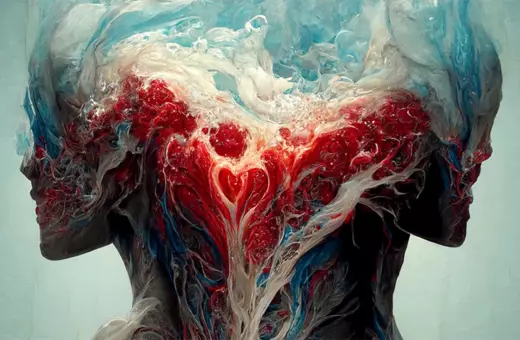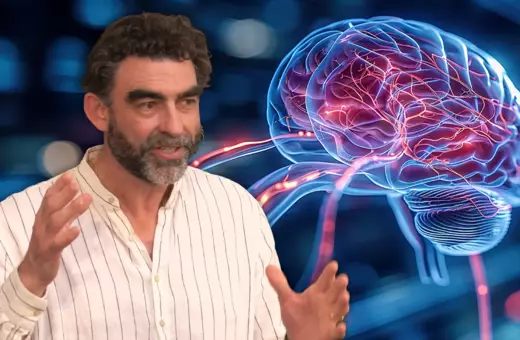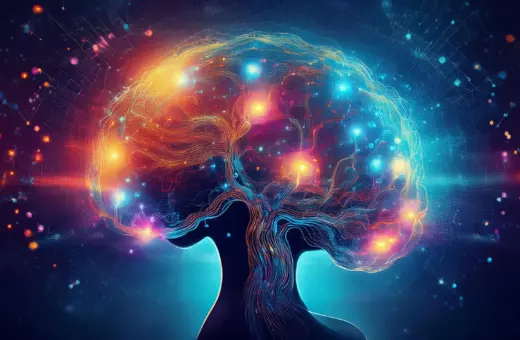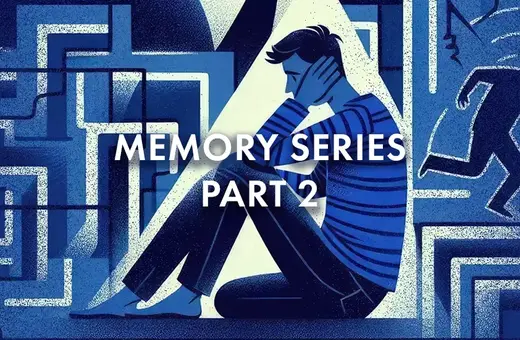Our identity is not just about our internal memories, beliefs, hopes and fears. We are made up equally of our environment, of things outside ourselves – for example, by how we react to people and places. With this in mind, the dream of uploading ourselves to the cloud has a fatal flaw. We can upload our inner selves to the cloud, but we are nothing without the outside world in which we live and the people in it, writes Charlie Huenemann.
We will turn to the possibility of uploading our ethereal souls to supercomputers in just a moment, but first let’s talk about keys and locks. A key is an ingenious little device with a handle (or bow) and a blade with some particular series of cuts in it. One could provide a very precise mathematical description of those cuts, and one might wish to do so because that specific series of cuts — exactly those, in that sequence — is what makes a key that particular key and no other. For this reason, we might well suppose that the shape of the key is the essence of the key, so that one need not look beyond the key itself to find its essence.
But this isn’t quite right. For there is a reason each key has the shape it has, and that reason has to do with some specific lock. That lock has some complementary configuration (often involving some number of little pegs of various lengths) which will allow a cylinder to turn only if the key, with its corresponding shape, is inserted into the keyhole. That is why each key has the shape it has: because of its relationship to some lock. If the lock is lost, the key’s shape doesn’t really matter anymore. It might as well have a different shape, for it is now just a decorative piece of metal, perhaps to be hung on a necklace or glued onto a piece of art. What was essential to it is no longer essential, for its relationship to other things in the world has been altered. It is not its intrinsic shape, but its relation to other things – or the lack of such relations – that determines what the essence of a particular key is.
Just as keys have the shapes they have because of the locks they fit, people have the selves they have because of the lives they fit.



















Join the conversation